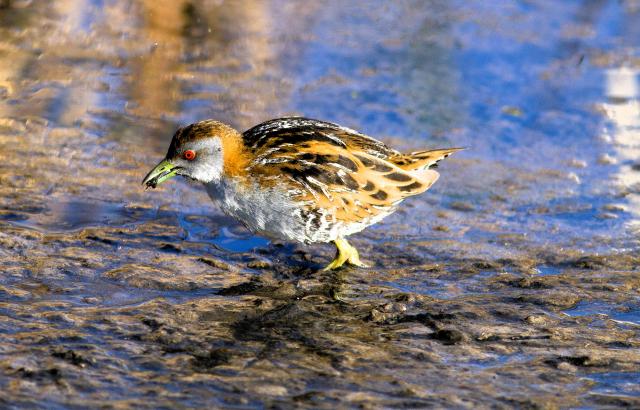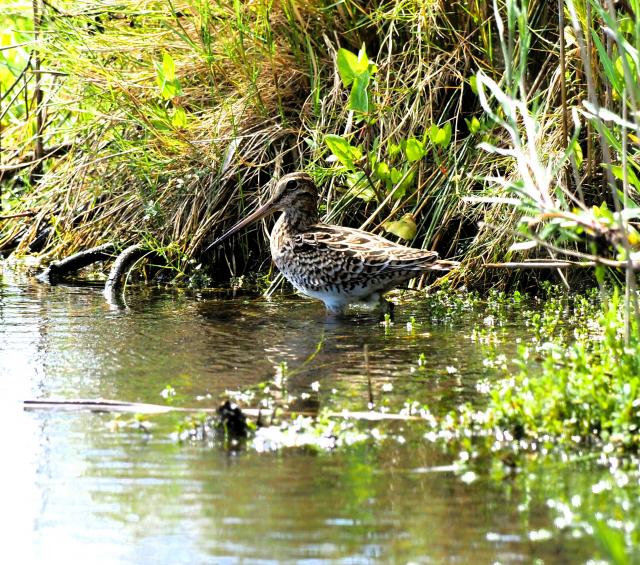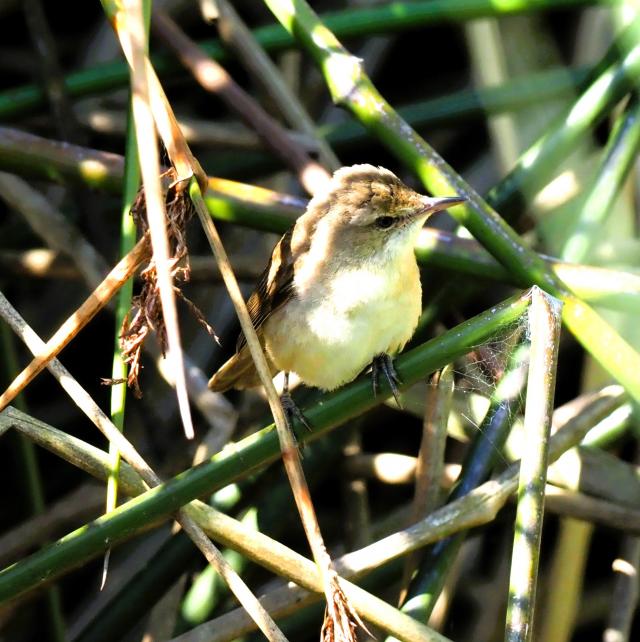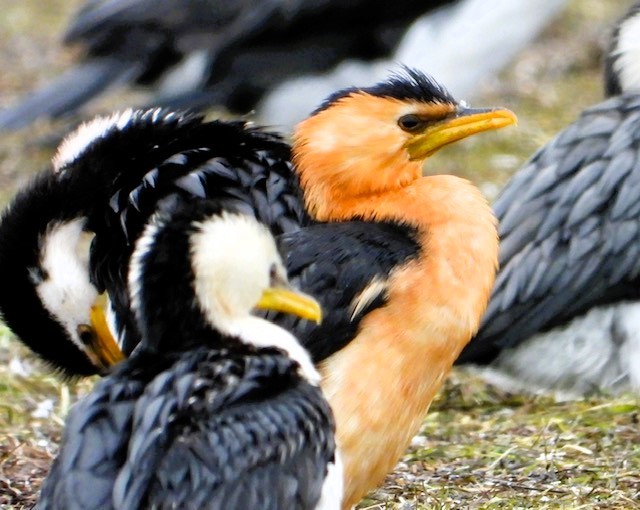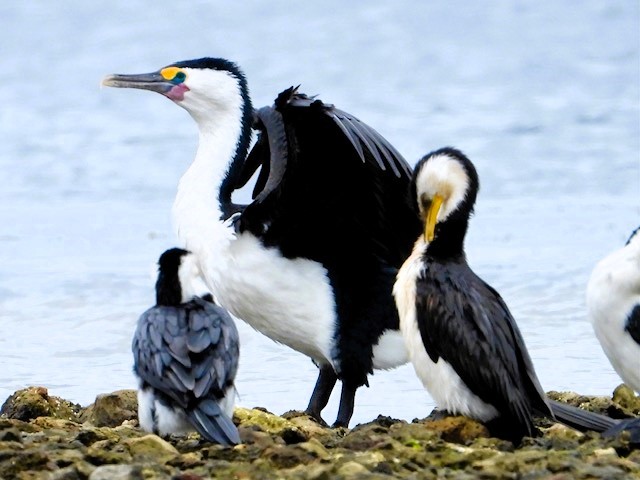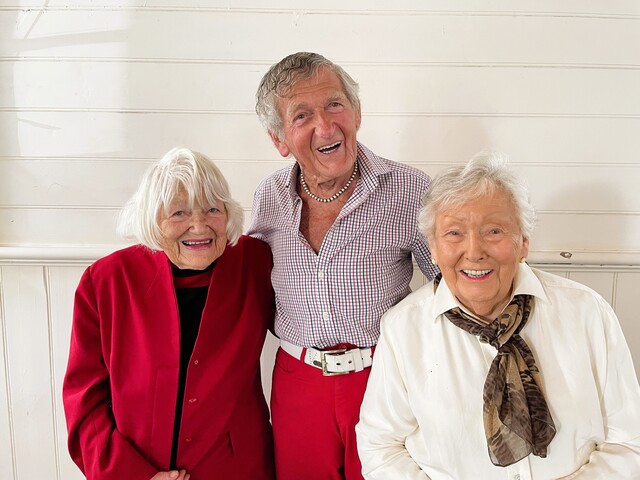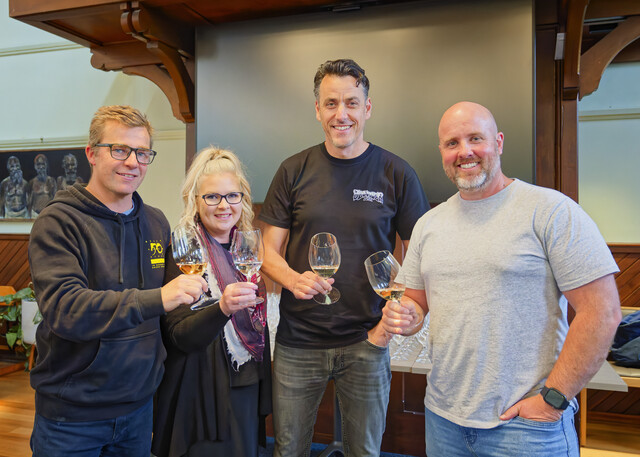I haven’t had a lot of time to birdwatch over the last week, so fortunately some Voice readers have sent me some observations.
I received an email from Marianne, who moved to Ocean Grove from Breamlea 18 months ago.
Since then the black swans of Blue Waters Lake have given her huge pleasure. She was really upset to find one mature black swan dead about a week ago and its entrails lying nearby on the lawn.
On my walk to the lakes I have seen a dead possum, also with its entrails scattered on the lawn. I understand the manner of its death suggests a cat or a fox killed the possum. Marianne was intending to contact the City of Greater Geelong to inform them of her observations.
Regarding Blue Waters Lake, I received an email from Alan. The sun finally came out one afternoon after Christmas so Alan grabbed his camera and went for a walk around Blue Waters Lake, as he had heard about a spotted crake on the north side of the lake. Alan did not see a crake, but towards the east end of the lake he was lucky enough for a Latham’s snipe to land about 20 metres away and remain long enough to enable a photo. He has been chasing snipes for the best part of a year, but they scare so easily and take off like rockets, it’s nigh on impossible to get a photo in focus. Several Australian reed warblers were actively calling in the same area and also sat long enough for a photo.
A distressing sight further around the lake was an ibis with an arrow through it. One of the lakeside locals told me that it was spotted two days ago in the Woodlands area yet managed to fly to Blue Waters Lake. Wildlife officers have tried to catch the ibis to no avail but have been called again and were on their way to try once more.
Alan noted that Blue Waters Lake is certainly suffering at present with blue-green algae alerts and sewerage warning signs in place for the past month or so, and hopefully the recent rains will flush it and improve water quality.
We certainly hope the polluted water does not affect the health of the birds that call the lake home, especially the Latham’s snipe that has flown all the way from Japan.
Karen from Ocean Grove had emailed me about the ibis a few days before I received Alan’s email. Karen contacted Wildlife Victoria, but the ibis was difficult to catch, with the intention of euthanizing the injured bird. Whoever shot an arrow at the ibis should hang their head in shame at allowing this creature to suffer so terribly.
I received an email from Evan who lives in old Ocean Grove. He heard an eastern koel calling near his house. When he tried to spot the bird it moved southwards on Draper Street, then soon vanished.
Evan hadn’t heard one for a few years and wondered when it might appear again. Their call is so loud and distinctive and sounds a bit like a peacock according to Evan.
Doug also messaged me to say he had heard a koel in Eggleston Street, so I wonder if this was the same bird.
Evan works on a farm at Freshwater Creek and told me that a family of swans nested on the farm dam last season and reared five cygnets, which was the first time the farm owner has seen them breeding there.
One of the residents of Freshwater Creek are very keen observers of the raptors nesting in nearby trees and their frequent forays around the property, and there are mainly brown falcons that nest around the area.
Carole from St Leonards drove around the beaches at her local area after Christmas looking for birds. She saw a small flock of little pied cormorants and one was brown-coloured, which happens when these birds feed in tannin tinted water.
Carole also photographed an Australian pied cormorant, which is bigger than the little pied, and inhabits coastal areas.
There is lots of hooded plover activity on the beach this time of year with nests and chicks around the beach, so please observe the dog restrictions to give the chicks a greater chance of survival. There is one chick at point Lonsdale at 2W. So far, so good.
Doug from Ocean Grove sent me some photos of a Baillon’s crake that he photographed at the Western Treatment Plant.
These birds are so secretive in that they hide in the reeds at the edge of waterways so it’s always great to spot one.
Happy 2024 to all.

